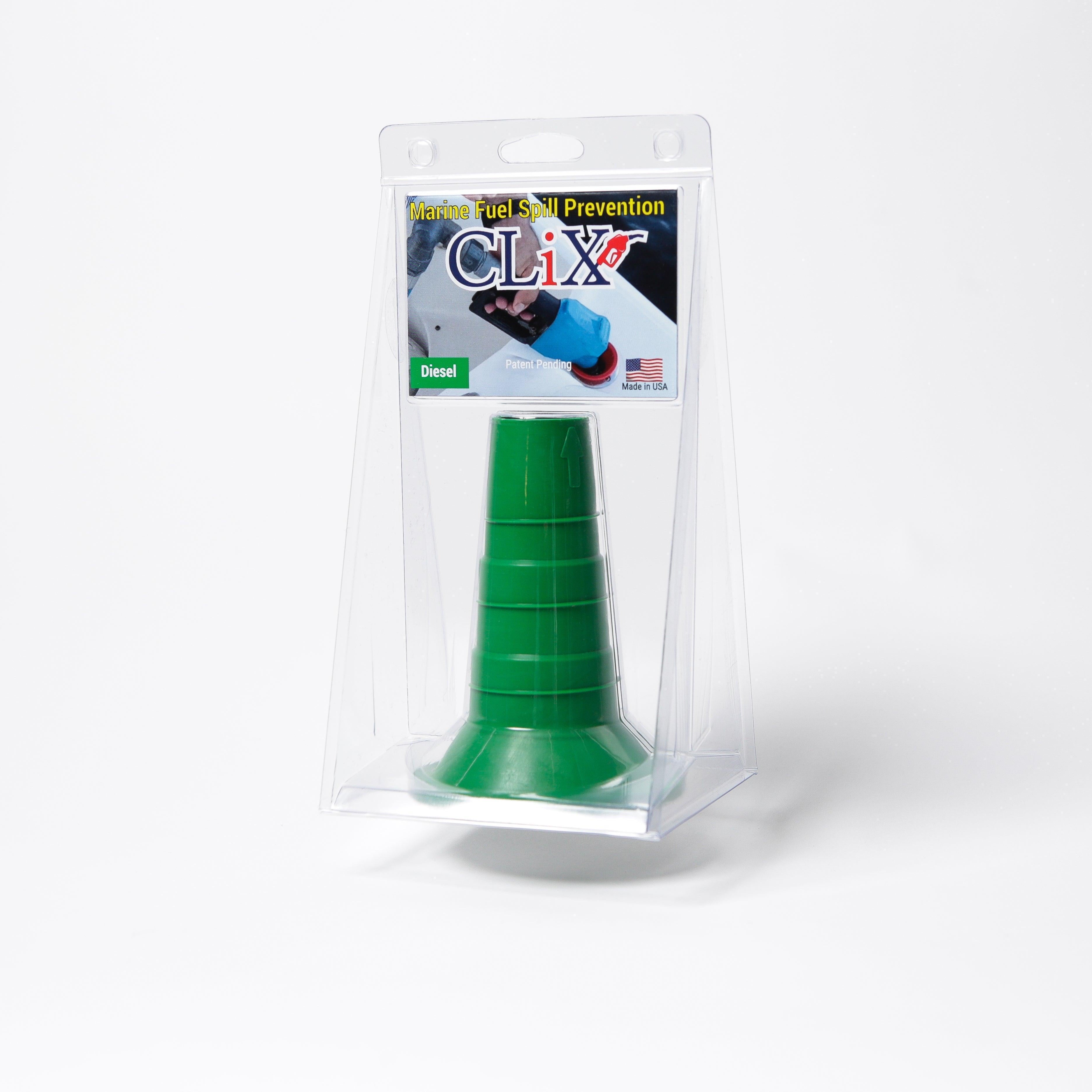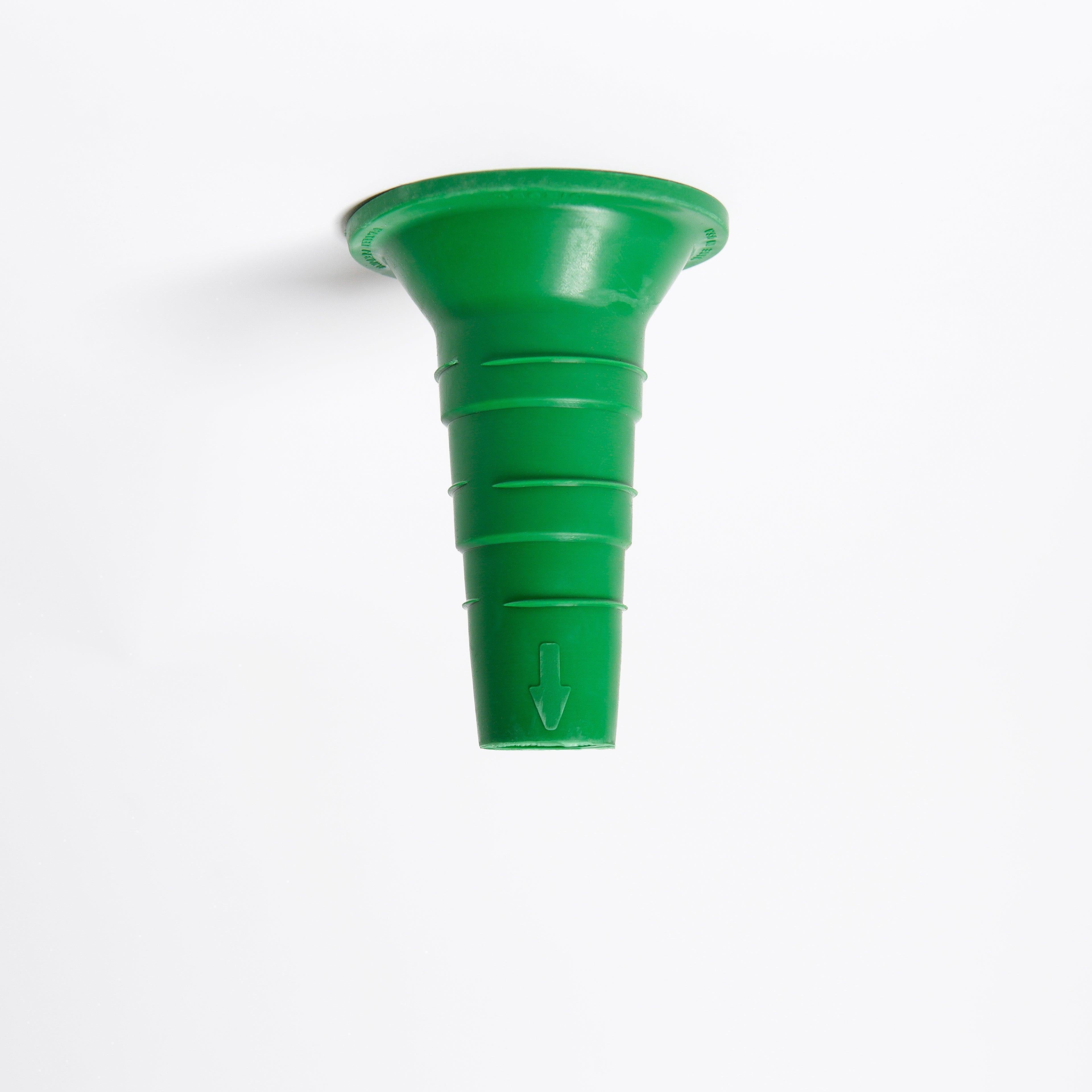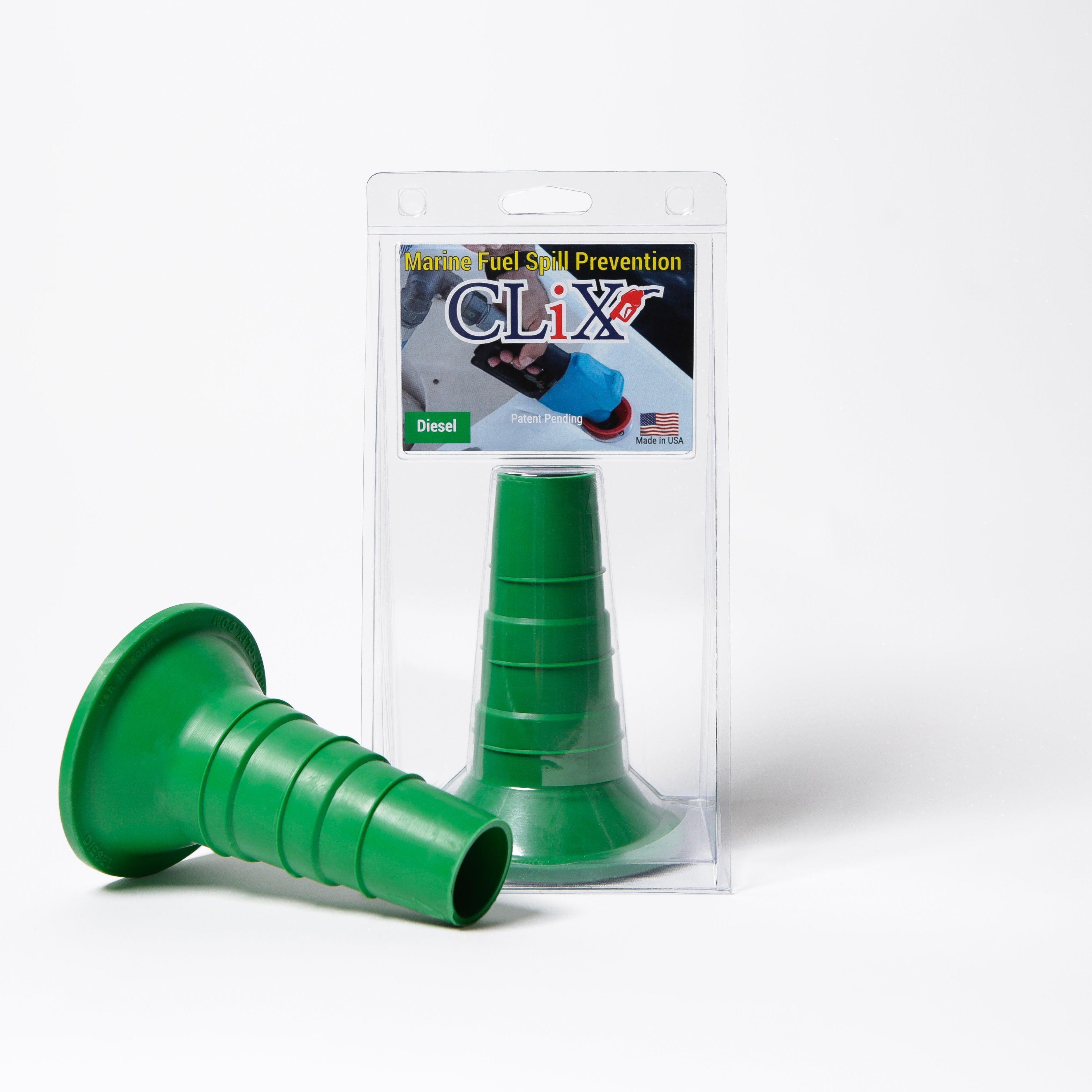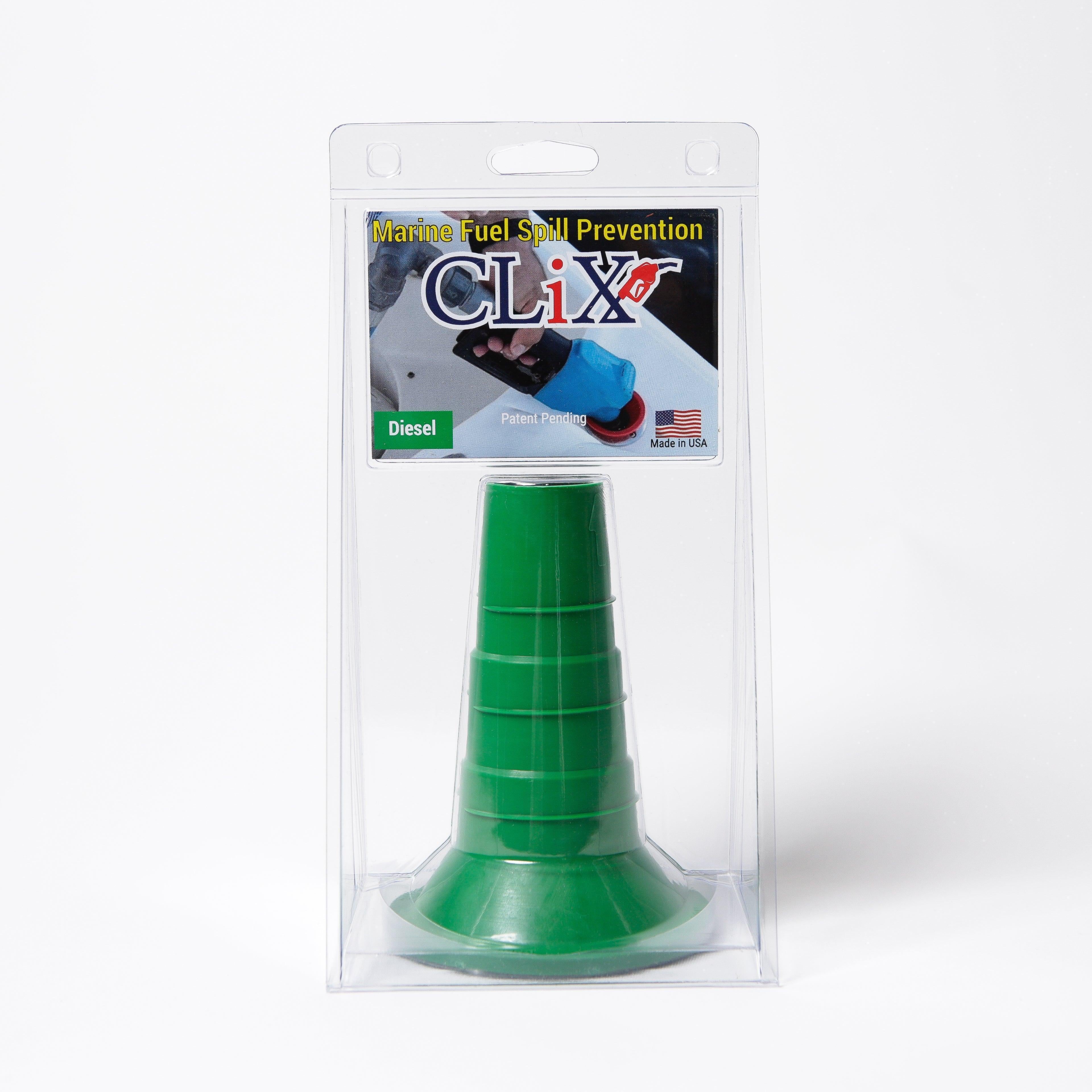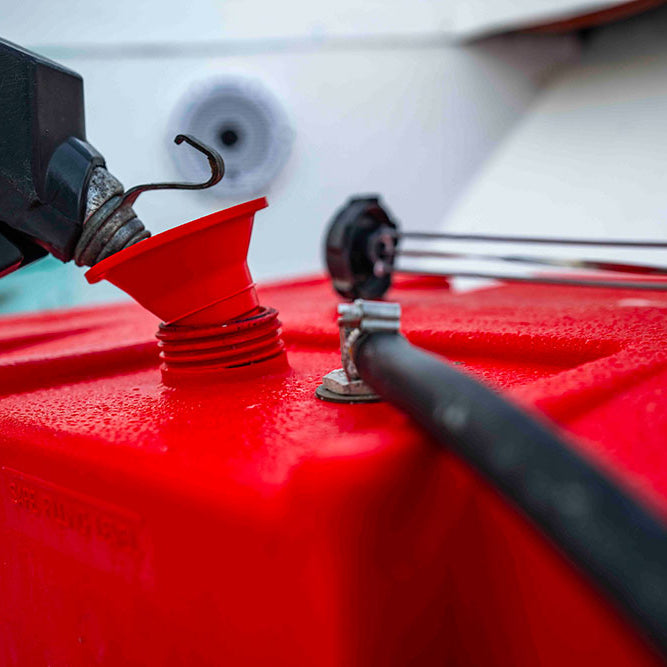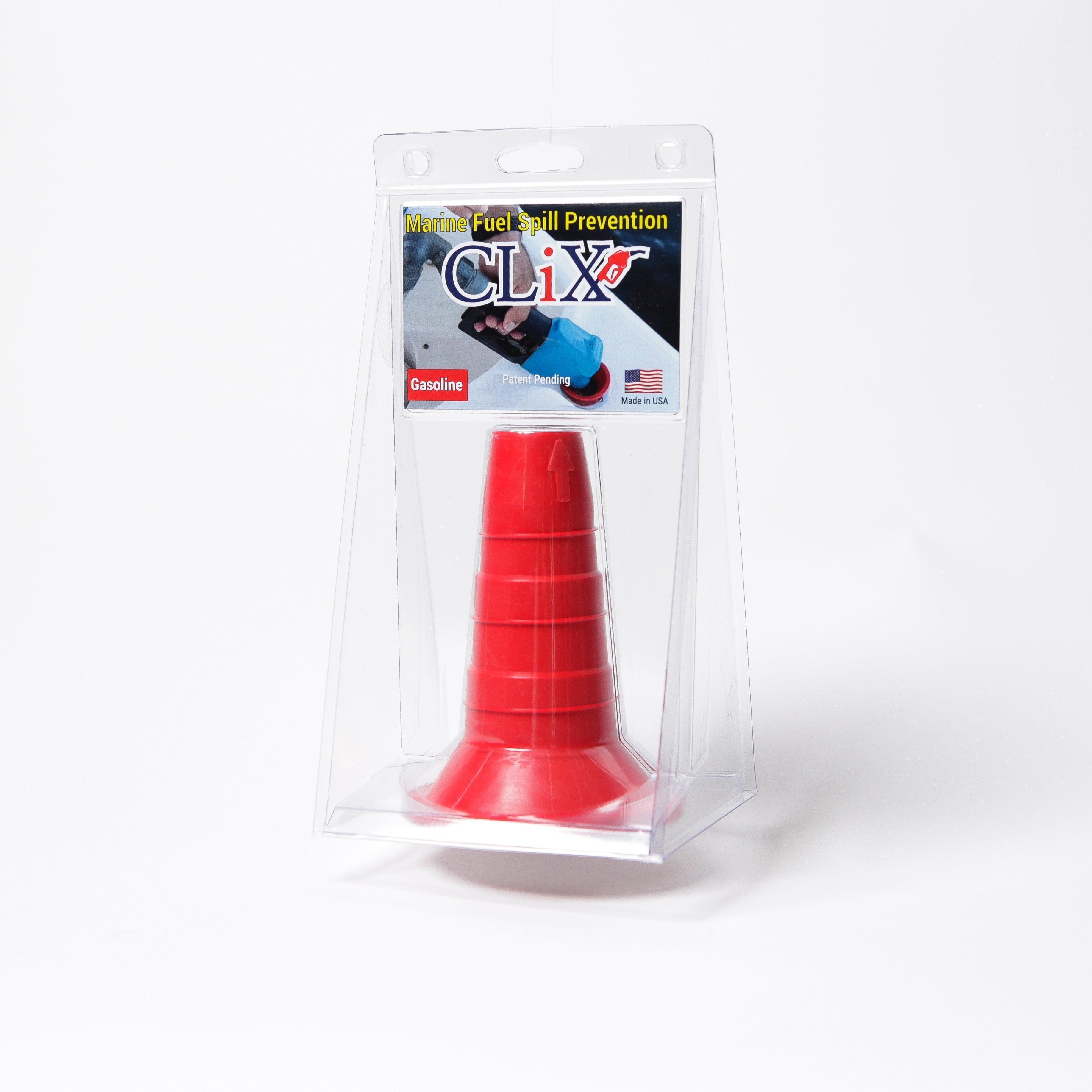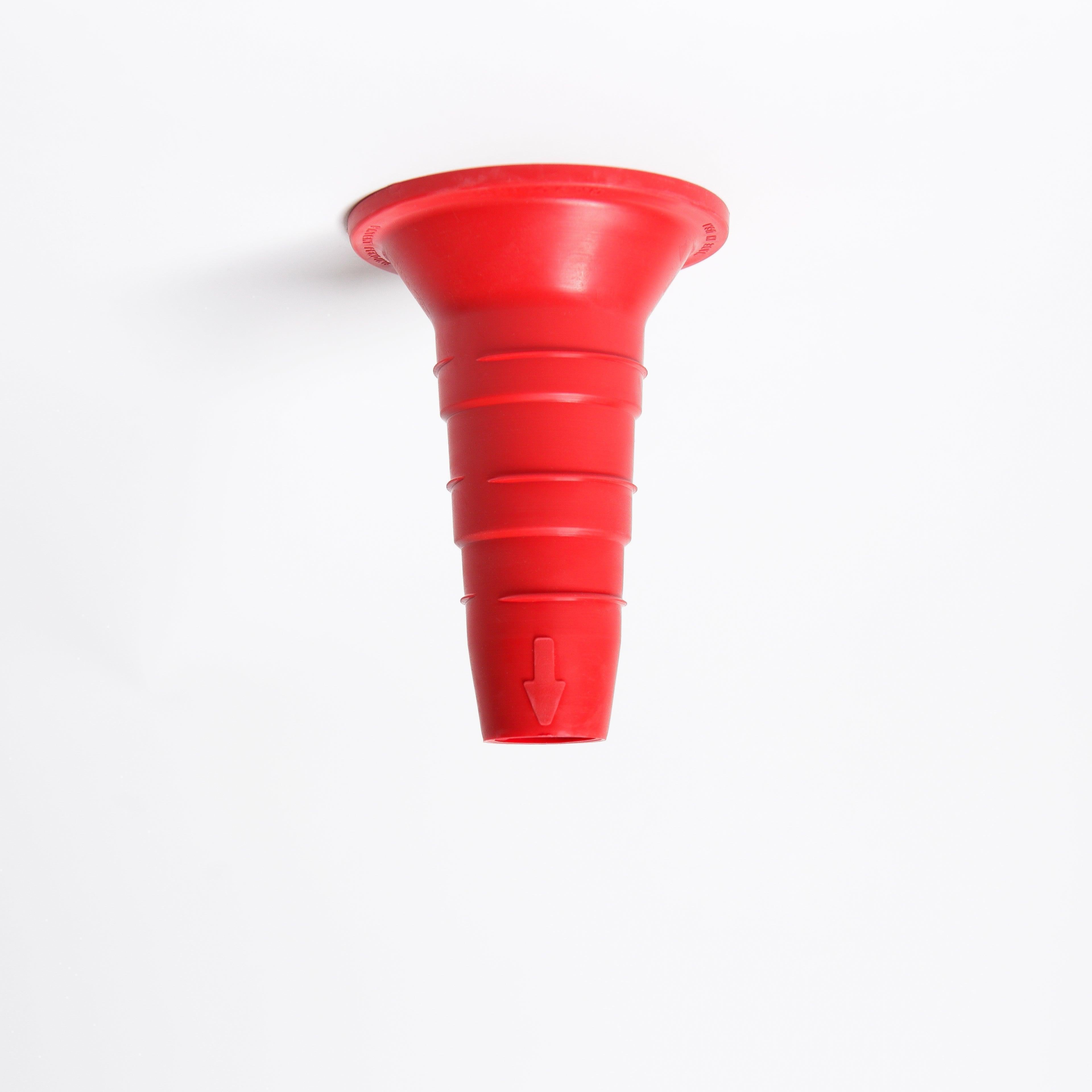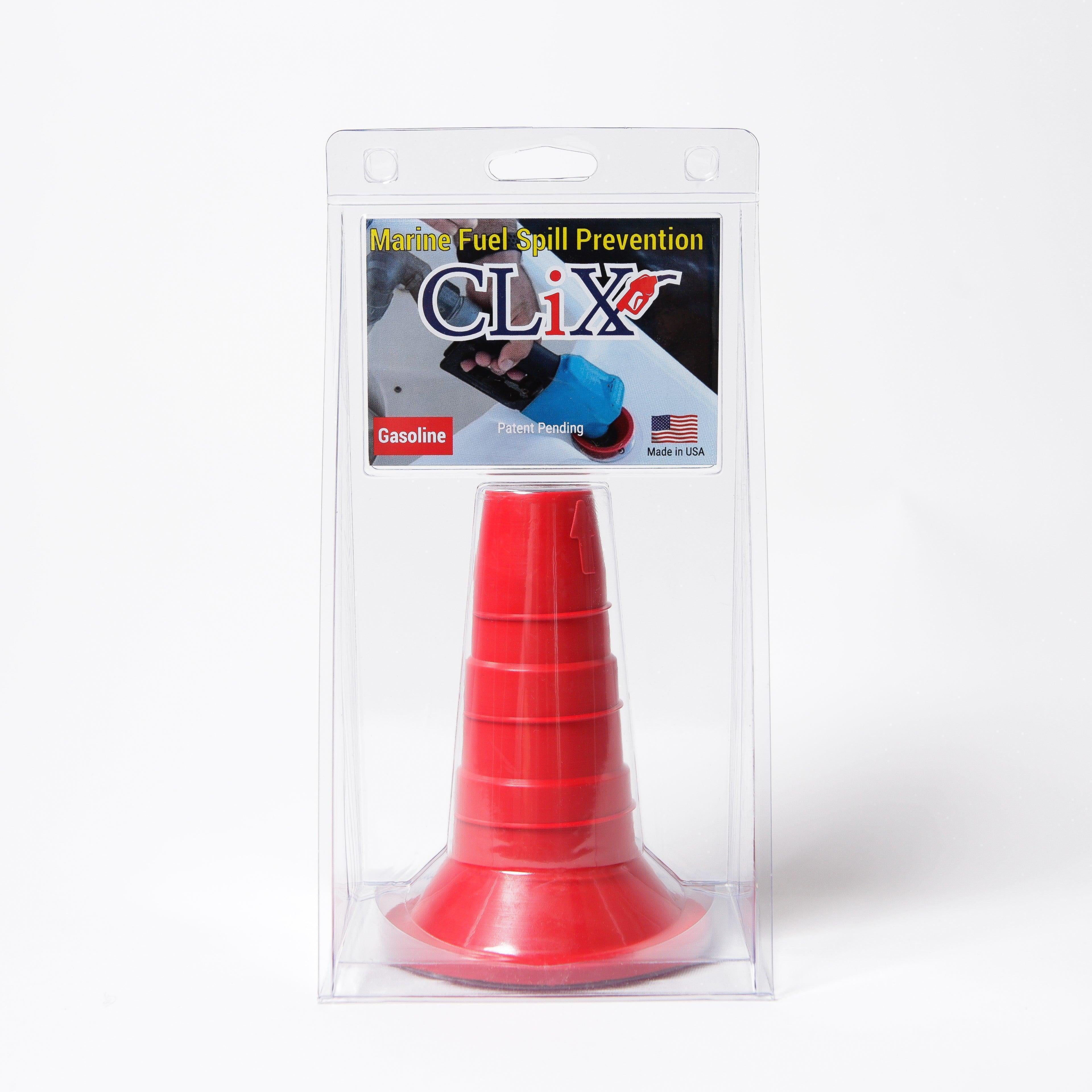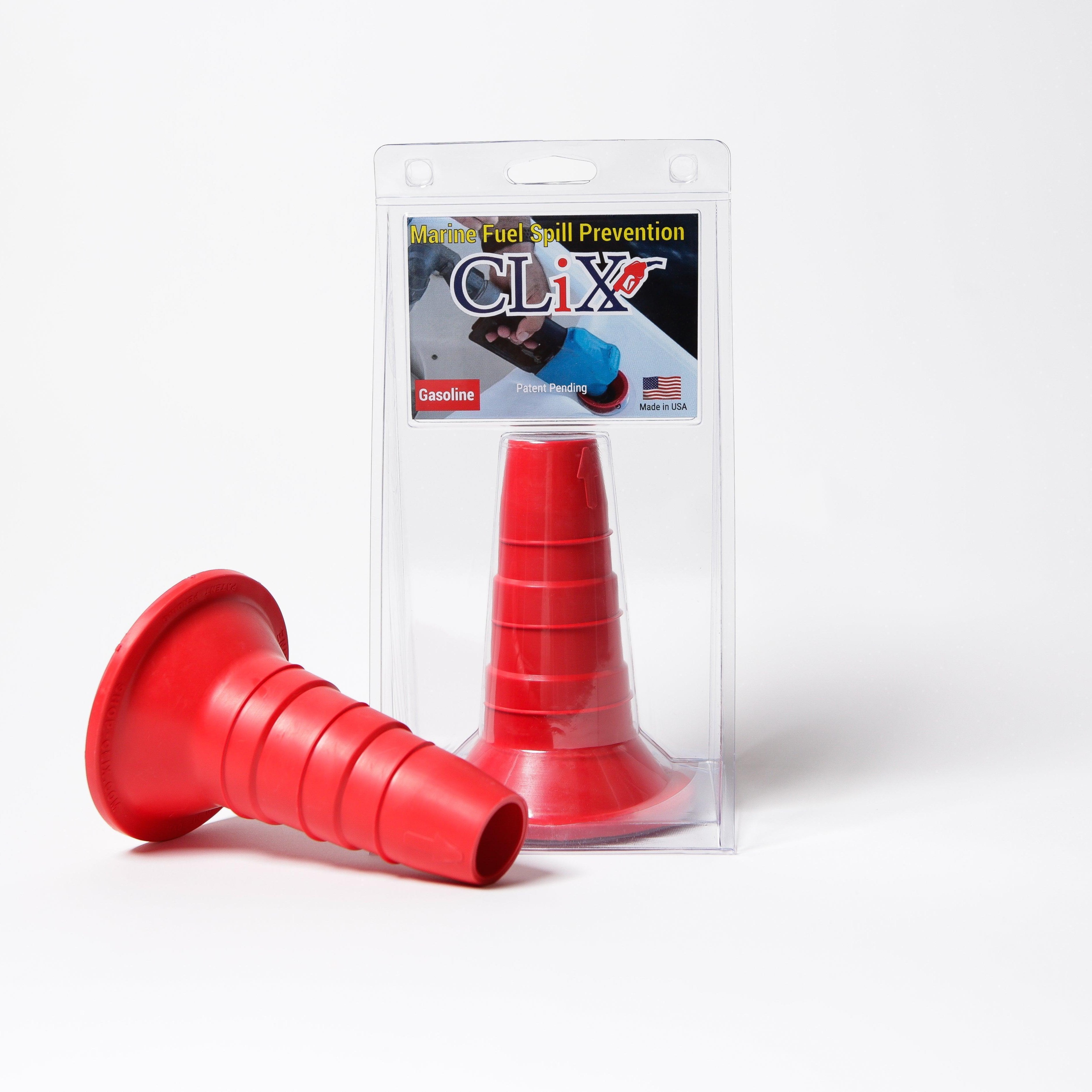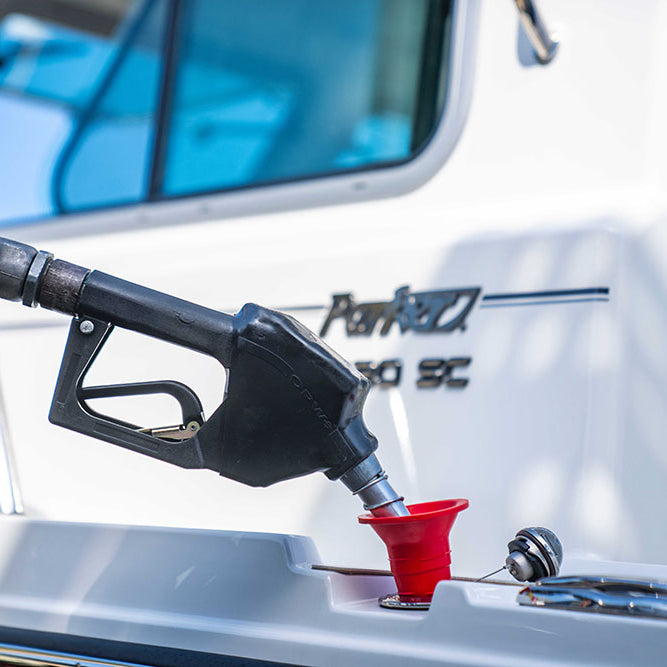Why Eco-Friendly Boating Changed Everything for Me
Three years ago, I witnessed something that truly shifted my perspective. I was anchored in my favorite spot when I saw a pod of dolphins navigating a patch of oil. It was a stark reminder of the impact boating can have on the environment, and it hit me hard. My love for the water needed to include protecting it.
That’s the day I started taking eco-friendly boating seriously. And trust me, it’s not just about warm fuzzy feelings. It’s actually improved my time on the water in ways I never expected. Talking with marina owners, marine biologists, and other boaters, I’ve learned sustainable practices often make for better boating experiences.
The Unexpected Perks of Going Green
One of the biggest benefits? Saving money on fuel. With prices constantly fluctuating, this is a huge win. And the quieter operation of electric or well-maintained engines means I'm not scaring away the wildlife. I've had some incredible encounters I wouldn’t trade for anything.
Another surprising perk? Many eco-friendly products are just better. I used to be skeptical of biodegradable hull cleaners, figuring they couldn’t possibly work as well. Turns out, they're not only more effective than the harsh chemicals I used before, but they’re also safer to handle. This shift toward sustainability is a big deal in the industry. The sailing industry is expected to grow at a CAGR of 5.1% by 2028, driven partly by eco-friendly tech and practices. Even in the U.S., boating expenditures are expected to stay high in 2025, with a focus on environmentally responsible products. Discover more insights.
Ditching the Hidden Costs
Think about the hidden costs of traditional boating: fuel spills, constant engine maintenance, and the environmental impact we often ignore. It adds up. Now, compare that to a sustainable approach. You're not just minimizing your footprint, you’re also increasing your chances of magical moments where marine life approaches your boat instead of fleeing from it. If you’re curious about reducing your impact, check out our guide on preventing marine pollution.
This whole shift isn't just about what you do out there, it’s about how you experience it. It's about showing respect for the environment that brings us so much joy and ensuring it’s healthy for future generations of boaters.
Electric Boats That Actually Deliver on Performance
Forget those old ideas about electric boats being slow and underpowered. Last summer, I had the chance to spend a week captaining some of the newest electric and hybrid models, and I was out there with seasoned boaters who had already made the switch. Let me tell you, it was a real eye-opener. These new electric boats are blowing those old performance expectations out of the water, offering advantages you just can't get with a traditional gas-powered boat.
One of the biggest game-changers is how incredibly quiet these boats are. It completely transforms wildlife viewing and fishing. Imagine easing up to a feeding area without the roar of an engine scattering everything you came to see. That quiet creates such a peaceful, almost meditative experience out on the water; you really connect with nature in a whole new way.
 This image shows how eco-friendly materials, like wood-plastic composites, are being used in boatbuilding today.
This image shows how eco-friendly materials, like wood-plastic composites, are being used in boatbuilding today.
Also, seeing more and more sustainable materials being used in boat construction shows a real commitment to minimizing environmental impact. And range anxiety, that worry about running out of juice, is becoming less of an issue. Charging stations are popping up at more and more marinas, and battery technology is getting better all the time.
The Future of Boating is Electric
This shift toward eco-friendly boating is being driven by both technological advancements and a rising demand for sustainable options. By 2025, electric and hybrid boats are expected to be even more widespread, fueled by improvements in battery technology and renewable energy sources. Learn more about these boating trends. These boats aren't just quieter and better for the planet; they're also more efficient, dramatically cutting down on emissions.
Lithium-ion batteries and hydrogen fuel cells are extending range and shrinking charging times. And integrating solar panels into boat designs lets you cruise longer without using fossil fuels, making the whole experience even greener.
The Financial Perks of Electric
Talking with other boaters, I learned that many have crunched the numbers on their total cost of ownership. They're finding that electric power often ends up paying for itself in about three years. That makes going electric not just environmentally responsible, but financially smart, too. Plus, the instant torque you get from electric motors makes for a super-responsive performance that a lot of gas engines just can't match. It’s a win-win: good for the environment and a thrilling ride.
Let's take a closer look at how electric boats stack up against traditional ones:
To help illustrate the key differences, here’s a comparison table:
Electric vs. Traditional Boat Comparison Side-by-side comparison of electric and traditional boats covering performance, costs, and environmental impact
| Feature | Electric Boats | Traditional Boats | Advantage |
|---|---|---|---|
| Environmental Impact | Very Low Emissions | High Emissions | Electric |
| Noise | Near Silent | Loud Engine Noise | Electric |
| Fueling Costs | Low (Electricity) | High (Gasoline/Diesel) | Electric |
| Maintenance | Fewer moving parts, generally lower | Regular engine maintenance required | Electric |
| Performance | Instant torque, smooth acceleration | Can be powerful, but less responsive | Depends on preference |
| Range | Limited by battery capacity, improving | Long range with large fuel tanks | Traditional |
| Refueling/Recharging | Can take longer to recharge | Quick refueling | Traditional |
| Initial Cost | Higher upfront cost | Lower initial cost | Traditional |
As you can see, while traditional boats might have the edge in range and refueling speed, electric boats offer significant advantages in terms of environmental impact, noise levels, and long-term costs.
Mastering Spill-Free Fueling Like a Pro

This image highlights the importance of proper fuel management including venting, tank design and location in a marine environment.
Proper fuel management, as the image shows, isn't just about topping off the tank. It's about understanding your boat's systems and respecting the environment. This lays the groundwork for spill-free fueling, which is where CLiX comes in. Even if you're not ready to go electric, you can still make a big difference by mastering spill-free fueling. Trust me, fuel spills are a headache – expensive, embarrassing, and totally avoidable.
The CLiX Advantage
The CLiX nozzle system has been a real game-changer. I've chatted with marina operators who've seen firsthand how CLiX practically eliminates spills. But the key is in the technique. Having the right equipment isn't enough; you need to know how to use it properly. For instance, always double-check that the connection is secure before you even start pumping. It sounds obvious, but a loose connection is a common cause of spills.
Also, be mindful of the wind and current. On a windy day, position your boat so the wind blows away from the fuel dock. This keeps fumes and any potential spills from drifting back towards you or anyone else. It's better for your health and the environment. For a deeper dive into the CLiX system, check out this article about the CLiX system at the New York Boat Show.
Prevention is Key
Here are a few simple but effective tips for clean, spill-free fueling:
-
Slow and Steady: Take your time. A slow, steady flow lets you keep an eye on the tank level and react quickly if anything goes wrong.
-
Vent Properly: Ensure your tank vent is open and unobstructed. A blocked vent can cause pressure buildup, leading to fuel spitting back when you remove the nozzle.
-
Use an Absorbent Pad: Place an absorbent pad around the fuel intake to catch any drips. This prevents fuel from getting in the water and makes cleanup super easy.
-
Designated Spotter: Have someone on board watch the fuel level as you fill. A second set of eyes is always helpful.
-
Check for Leaks: After fueling, inspect the area around the fuel intake for any leaks. Catching them early prevents bigger issues later.
These practices aren't just good for the environment; they're good for your boat and your wallet. Fuel spills can damage your boat's finish and lead to expensive cleanup. By taking these precautions, you’re protecting your investment and the environment. It feels good to know you're doing your part for cleaner waterways. Plus, it’s just smart boating.
Maintenance Products That Work Better Than Expected
You know, I used to be pretty skeptical about eco-friendly boat maintenance. I figured the "green" stuff was all marketing hype and wouldn't hold a candle to the heavy-duty chemicals I'd always used. But I decided to give it a shot, experimenting with eco-friendly products alongside my usual arsenal. Let me tell you, I was surprised.
Turns out, the biodegradable hull cleaners I tried actually work better than the toxic stuff. Plus, no need for hazmat suits and respirators anymore, which is a huge relief. Boat maintenance used to feel like a hazardous chore, but now it’s way easier. And I’m not alone. Lots of boaters are finding out that going green isn't just good for the planet; it's often the more practical choice.
Effective and Eco-Friendly Cleaning Solutions
These days, my go-to hull cleaner is biodegradable, and it blasts through grime without harming the marine environment. I’ve also discovered that simple household items like white vinegar and baking soda can tackle a surprising amount of cleaning, from water spots to light stains. Not only are they eco-friendly, but they’re also easy on the wallet. This all plays into the larger trend of sustainability in boating, which I'm fully on board with.
For tougher stains, I’ve found lemon juice works wonders on rust, and diluted vinegar takes care of mildew. It’s amazing how effective these natural alternatives are. And here's a pro tip: regular rinsing, especially after being in saltwater, prevents salt buildup and makes future cleaning a breeze. A little preventative maintenance goes a long way. It’s like brushing your teeth – regular care prevents major issues down the line.
Rethinking Your Maintenance Schedule
For teak, I've switched to a dedicated eco-friendly cleaner that brightens the wood beautifully without polluting the water. Using the right product for the specific job, like this, minimizes the need for harsh chemicals later on. This aligns with the advice from manufacturers like Sportsman Boats, who emphasize regular cleaning and eco-friendly practices.
This whole shift hasn’t just been about swapping products; it’s about rethinking my entire maintenance routine. I’ve completely overhauled my approach and discovered that proactive care with the right products means less scrubbing and a smaller environmental footprint.
Eco-Friendly Products Don't Have to Be Expensive
A lot of boaters assume eco-friendly automatically means expensive, but in my experience, that's often not the case. By keeping up with regular maintenance and using readily available natural solutions like vinegar and baking soda, I've drastically cut down on spending on harsh cleaning chemicals. And by preventing grime buildup and damage, I'm extending the life of my boat and its components, saving money in the long run. It's a win-win—good for the environment and my bank account.
One thing I’ve noticed is that many marine supply stores don’t always showcase their eco-friendly options. Don't be afraid to ask, do a little research, and you’ll be surprised at what you can find. There’s a whole world of effective, affordable, and environmentally friendly products out there. Switching to these products has completely changed my boating experience. It just feels good knowing I'm taking care of my boat and the environment at the same time.
Before I forget, I put together this table to help compare some common boat maintenance products. It really highlights the effectiveness and cost differences:
Eco-Friendly Marine Products Guide Comprehensive comparison of traditional vs. eco-friendly marine maintenance products with effectiveness ratings and cost analysis.
| Product Type | Traditional Option | Eco-Friendly Alternative | Effectiveness Rating | Cost Difference |
|---|---|---|---|---|
| Hull Cleaner | Harsh Chemical Cleaner | Biodegradable Hull Cleaner | Excellent | Similar or Less |
| General Cleaning | Bleach-based cleaners | Vinegar, Baking Soda | Good for light to moderate cleaning | Significantly Less |
| Rust Remover | Phosphoric Acid | Lemon Juice | Good for light rust | Significantly Less |
| Mildew Remover | Bleach | Diluted Vinegar | Good | Significantly Less |
| Teak Cleaner | Chemical Teak Brightener | Eco-Friendly Teak Oil | Excellent | Similar or Less |
This table clearly shows that eco-friendly alternatives can be just as effective, if not more so, than traditional options, often at a lower cost. It's definitely worth exploring these alternatives for a more sustainable and cost-effective boating experience.
Anchoring Without Destroying What You Love
Protecting our underwater playgrounds is crucial, and your anchoring technique plays a huge part in that. I've chatted with marine conservationists and salty old seadogs alike, and let me tell you, there's a real art to anchoring responsibly. The difference between a conscientious approach and a careless one becomes strikingly obvious once you understand what's at stake – seagrass beds, coral reefs, all those delicate ecosystems down below.
When you're picking a spot to drop anchor, think about the impact you'll have. Popular snorkeling and diving spots often have fragile reefs (check out this article about Big Island snorkeling spots as an example). Prioritize sandy patches or barren areas to minimize disruption. It takes practice, but learning to “read” the bottom becomes second nature. You’ll start noticing the subtle shifts in color and texture that hint at sensitive habitats. If there's any doubt in your mind, play it safe and move on.
Minimizing Your Impact
Over time, I've learned a few anchoring tricks that I'm happy to share:
-
Choose the Right Anchor: Modern anchor designs, like the Rocna or Mantus, are game-changers. They’re designed for minimal seabed disturbance, setting quickly and securely on various bottom types, which helps avoid dragging and damage.
-
Proper Scope: Don't skimp on your anchor rode (that's your chain and rope). A solid rule of thumb is a 7:1 scope ratio in calm conditions. So, for every foot of water depth, you want seven feet of rode. This keeps the anchor lying flat and digging into the seabed.
-
Avoid Crowded Areas: If an anchorage is looking like a parking lot, consider venturing further afield. Less congested anchorages reduce the collective impact and give you more swinging room.
-
Mind the Current and Wind: Always factor in current and wind. This is key for predicting your boat's swing radius and preventing your anchor from dragging across delicate habitats.
-
Check Your Set: Once you’ve dropped anchor, double-check it’s secure. A quick dive to visually inspect the anchor is ideal, but you can also use your boat's GPS to monitor your position and make sure you're not drifting.
Contributing to Preservation
These anchoring practices aren’t just about minimizing harm; they’re about actively protecting these underwater environments. This mindful approach is what sets truly experienced boaters apart. It reflects a deeper understanding of our impact on these fragile ecosystems. For me, this awareness actually elevates the entire boating experience. Knowing you're doing your part to protect the beauty you’re enjoying fosters a sense of connection and responsibility that makes every trip out on the water more meaningful. These are the skills that turn you into a more knowledgeable and conscientious boater, someone who truly appreciates and respects the marine environment.
Finding Your Tribe of Eco-Conscious Boaters

Making your boating habits more eco-friendly is rewarding in itself, but it's even better when you're part of a community that gets it. The eco-boating world is surprisingly active, and you’ll find it full of seasoned sailors happy to share their wisdom and new boaters brimming with fresh perspectives. Connecting with this group can magnify your impact and make your time on the water that much richer. Want a deeper dive into sustainable boating? Check out our guide on eco-friendly marine adventures.
Connecting With Like-Minded Boaters
So, how do you find your eco-boating crew? Here are a few ideas:
-
Join Eco-Focused Boating Clubs: Many clubs are now making environmental responsibility a core value. They're organizing things like shoreline cleanups, educational workshops, and even group cruises with a conservation focus.
-
Dive into Online Forums: Online forums and social media groups dedicated to eco-friendly boating are great places to connect, swap tips, and learn about the latest sustainable gear and practices.
-
Volunteer for Marine Conservation Efforts: Getting your hands dirty with coastal cleanups or habitat restoration projects is a fantastic way to meet like-minded folks and directly protect the waters you enjoy. And when choosing an anchorage, consider the environmental sensitivity of places like Kealakekua Bay and similar areas.
-
Attend Sustainable Boating Events: Boat shows and industry conferences often have exhibitors and workshops dedicated to eco-friendly boating. They're perfect for discovering new technologies, chatting with experts, and meeting fellow eco-conscious boaters.
The Benefits of Community
Honestly, some of my favorite on-the-water memories involve group conservation activities. Organized cleanups, sharing tips on eco-friendly products, and group trips focused on observing wildlife are so much more fulfilling than just chasing speed or racking up hours. These shared experiences create a real sense of community and purpose that goes way beyond what you can achieve on your own.
Sharing Knowledge and Resources
Being part of these eco-conscious boating groups also gives you access to some seriously valuable resources:
-
Group Purchasing: Many groups negotiate discounts on eco-friendly products, which can make switching to sustainable boating a little easier on the wallet.
-
Shared Knowledge: The experienced eco-boaters in these communities are a treasure trove of information, offering advice on everything from the best sustainable marinas to the most effective cleaning products.
-
Mentorship: Connecting with seasoned eco-boaters gives you access to their experience and can significantly shorten your learning curve when it comes to adopting sustainable practices.
Building relationships within the eco-friendly boating community truly amplifies both your enjoyment on the water and the positive impact you have on the environment. You'll gain invaluable knowledge, find support for your sustainable choices, and forge lasting friendships with people who share your passion for protecting our waterways. That shared passion makes the journey towards more eco-friendly boating even more worthwhile.
Your Practical Eco-Friendly Transition Plan
Ready to make your boating adventures greener without emptying your wallet or feeling like you're taking on the world? This plan takes all the eco-boating ideas we’ve talked about and turns them into real, doable steps. We'll cover realistic timelines, budget-friendly choices, and clear milestones so you can see how far you've come. Think of this as your personalized guide to eco-boating, straight from seasoned boaters who walk the walk.
Starting Small, Thinking Big
The smartest way to go green with your boat is by making changes little by little. Don't try to do everything at once! Begin with small, easy steps. For example, swap out your usual cleaning products for biodegradable ones. It's a quick, inexpensive change, and you'll be amazed at how well they work while protecting the water you enjoy.
Building Momentum
Once you’ve got a few small victories, you can start tackling bigger projects. Maybe it's upgrading to a more fuel-efficient engine or looking into solar panels to power your onboard electronics. The key is to keep the ball rolling and celebrate every step. This keeps things fun and encourages you to keep going.
Tracking Your Progress
Here’s a sample timeline to get you started, but feel free to adjust it to fit your own schedule:
-
Short-Term (within 3 months): Easy wins! Switch to biodegradable cleaning supplies, make spill-free fueling a habit with CLiX, and start researching eco-friendly bottom paints.
-
Mid-Term (within 1 year): Time for some investments. Think about a new, seabed-friendly anchor, look into more efficient propellers, and consider joining a local eco-boating group.
-
Long-Term (within 3 years): Big changes! Maybe this is when you upgrade to an electric or hybrid engine, install those solar panels, and volunteer for a marine cleanup project.
Real-World Examples
I know boaters who started small, like bringing reusable water bottles onboard, and eventually went all-in with electric boats. One friend swapped his old two-stroke outboard for a modern four-stroke and drastically cut his fuel use and emissions. Another friend switched to using a mooring buoy instead of anchoring, which really helps protect sensitive seagrass beds.
These aren't just made-up stories; these are real people making a difference. They prove that sustainable boating isn't some far-off dream, it's becoming the new standard. And it's more fun together! Connecting with other eco-minded boaters makes the whole experience more rewarding. Sharing tips, learning from each other—it all contributes to a better time on the water.
Ready to experience cleaner, greener boating? Check out CLiX Fueling Solutions, a simple but effective way to prevent spills and protect our waterways. Learn more about CLiX and how it can transform your fueling routine.

